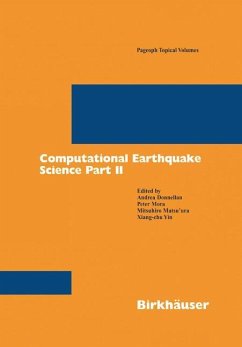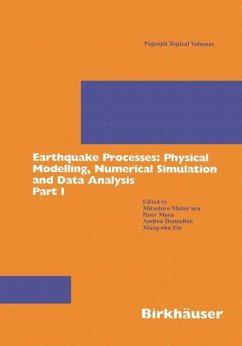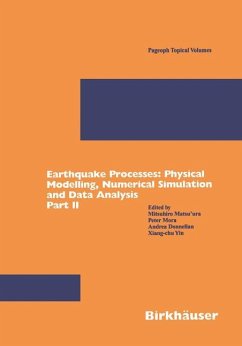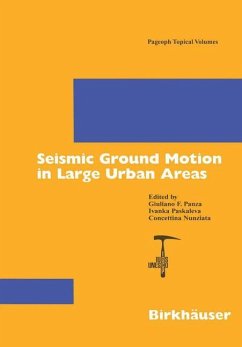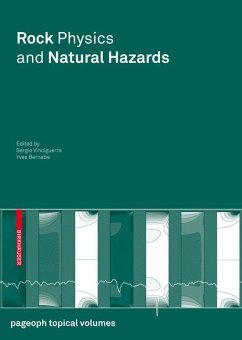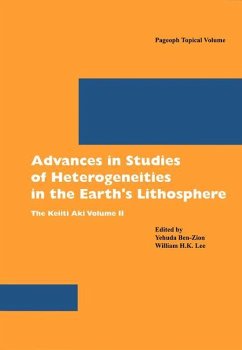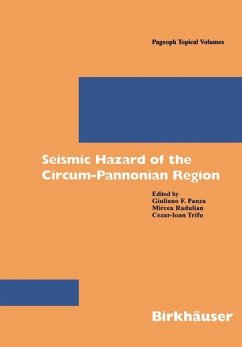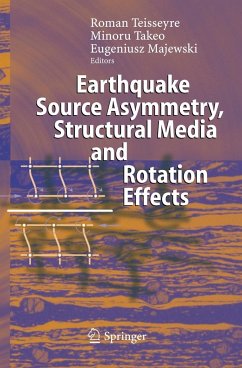
Computational Earthquake Science Part I

PAYBACK Punkte
20 °P sammeln!
Exciting developments in earthquake science have benefited from new observations, improved computational technologies, and improved modeling capabilities. Designing models of the earthquake of the earthquake generation process is a grand scientific challenge due to the complexity of phenomena and range of scales involved from microscopic to global. Such models provide powerful new tools for the study of earthquake precursory phenomena and the earthquake cycle. Through workshops, collaborations and publications the APEC Cooperation for Earthquake Simulations (ACES) aims to develop realistic sup...
Exciting developments in earthquake science have benefited from new observations, improved computational technologies, and improved modeling capabilities. Designing models of the earthquake of the earthquake generation process is a grand scientific challenge due to the complexity of phenomena and range of scales involved from microscopic to global. Such models provide powerful new tools for the study of earthquake precursory phenomena and the earthquake cycle. Through workshops, collaborations and publications the APEC Cooperation for Earthquake Simulations (ACES) aims to develop realistic supercomputer simulation models for the complete earthquake generation process, thus providing a "virtual laboratory" to probe earthquake behavior.
Part I of the book covers microscopic simulations, scaling physics and earthquake generation and cycles. This part also focuses on plate processes and earthquake generation from a macroscopic standpoint.
Part I of the book covers microscopic simulations, scaling physics and earthquake generation and cycles. This part also focuses on plate processes and earthquake generation from a macroscopic standpoint.




